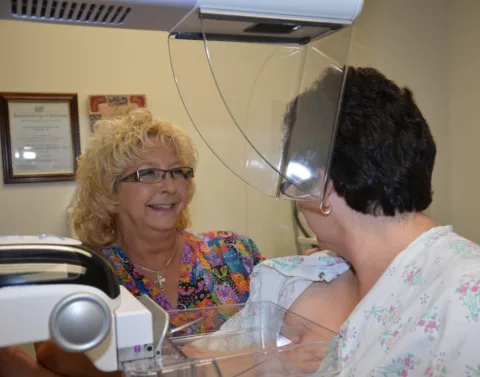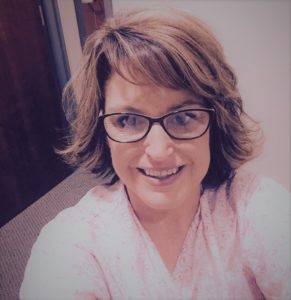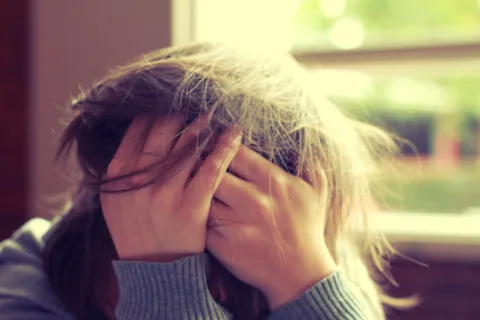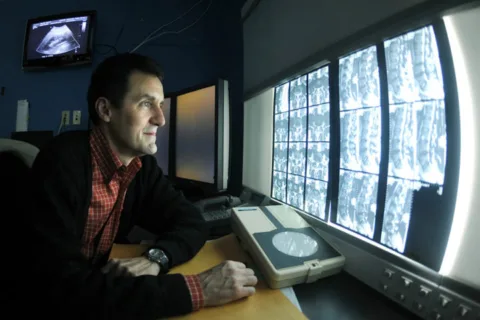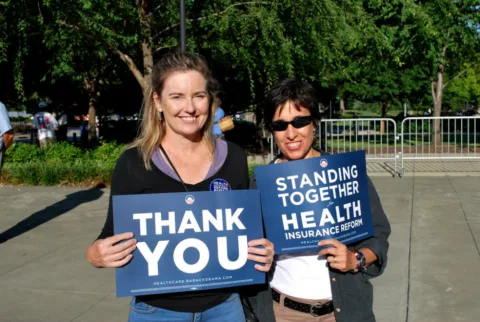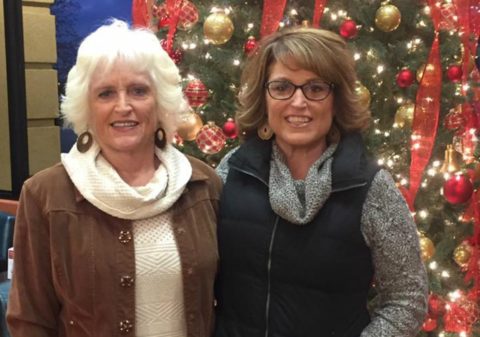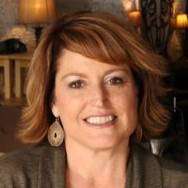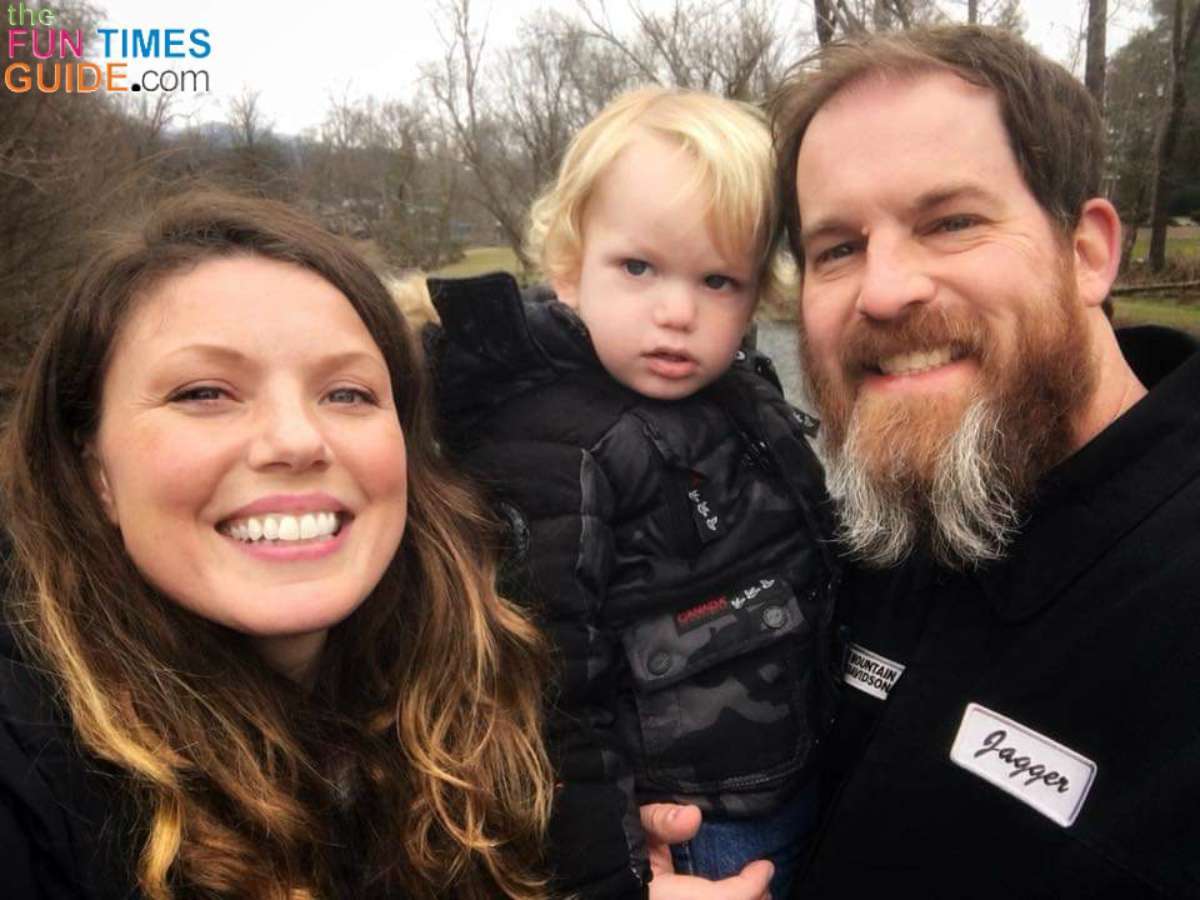Preparing for your yearly mammogram?
Wondering if you’d be better served by having a 3D mammogram instead of relying on traditional mammography techniques?
I recently had a diagnostic 3D mammogram AFTER my traditional mammogram showed 2 problem areas within my left breast. After multiple appointments at different locations — and weeks of worry — I wondered if having 3D breast imaging would have saved a lot of time, money, and stress.
A 3D mammogram is a technique for examining breast tissue that combines the traditional x-ray method with technology that is similar to CT scans.
In 3D mammographs, multiple images of the breasts are obtained by taking “slice” views of the tissue. This gives the radiologist not only a greater number of images to examine — but also provides a more detailed image.
There are many reasons to have a 3D mammogram, so I’ve listed some you should think about:
#1 – Ideal For High Risk Patients
How do you know if you’re high risk? I’ve known all of my life that I’m high risk.
I’m 43 and have been getting mammograms since age 30 — because my mom was diagnosed with breast cancer at 51 and my maternal grandmother at age 37. I also have heterogeneously dense breast tissue and a history of fibrocystic breast disease.
Here are just some of the factors which affect your risk of breast cancer:
- Family history – having one or more immediate family members (i.e. mother and maternal grandmother).
- Dense breast tissue – and overall changes in breasts.
- Age – women age 55+ are at more risk.
- Being overweight – BMI over 25 puts you at a greater risk.
- Pregnancies and breast feeding history – age at pregnancy and length of time breastfeeding affect your risk.
The “slice” images in 3D mammograms break down the tissue into smaller increments which make it easier to detect hidden tumors. All of this translates into a better way to uncover hidden tumors lurking in the breast tissue.
The radiation exposure is approximately the same as a conventional mammogram. The test takes a slightly longer time to complete — due to the added number of images.
#2 – Minimizes False Positive Results
When a mammogram shows an abnormal area that looks like a cancer but turns out to be normal, it’s called a false positive. Ultimately the news is good: no breast cancer.
But the suspicious area found usually leads to more than just psychological, physical, and economic costs. False positives can also lead to:
- Follow-ups with more than one doctor.
- Extra tests ordered and scheduled.
- Extra procedures including a possible biopsy (or biopsies in my case).
Welcome to my world — which nearly stopped on its axis for 3 weeks as I underwent multiple tests, spent multiple hours away from work, and lost about 5 pounds due to the stress. (Well, I actually didn’t mind that result. Or the news that both tumors were benign — yay!)
3D mammograms have been found to reduce the number of false positive results. A false positive result can lead to anxiety for the patient and also additional testing such as ultrasounds, MRIs, and biopsies.
3D breast imaging can eliminate this additional testing and keep healthcare costs down in the process.
#3 – Multiple Images For Better Detection
The 3D technology allows for more images than traditional mammograms. The additional images make for a detailed analysis of the breast tissue and allow for a better overall picture.
So, here’s what can you expect when you go for a 3D mammogram:
- The tube taking the X-ray sweeps across the breast — in an arch.
- It takes about 4 seconds to obtain an image — just a little bit longer than a digital mammogram.
- 3-D mammography produces more images — so it does add a few minutes to the procedure.
- Radiologists need a little longer to read — so it might take an extra day to receive results.
Overall, I noticed very little difference between 3-D mammography and my traditional mammogram. The only thing I can remember from mine was that I had to hold my breath longer for the 3D.
#4 – Does Your Insurance Cover A 3D Mammogram?
You should consult with your insurance company before getting a 3D mammogram.
If you’re not covered, don’t let it dissuade you from getting your exam — even if you may have to pay a little extra out of pocket for the time being (because some clinics may charge for the extra 3D portion of the mammogram).
On August 24, 2016, Cigna became the first national insurer to provide coverage for digital breast tomosynthesis exams as an option for patients’ annual breast cancer screening for all women aged 40 and over. Source
According to The New York Times that extra charge to patients was around $50 — a small price to pay, if you ask me.
#5 – What The Experts Say About 3D Mammograms
In a recent breast cancer study, 7,300 women received both a standard mammogram and a combination of standard plus 3-D imaging.
Of the 59 breast cancers detected:
- 39 were found by both 2-D alone and 2-D plus 3-D.
- An additional 20 cancers were found only by the combination mammography.
As I’ve said, you may want to ante up the extra money if you have dense breasts, a family history of breast cancer, or a gene mutation — anything that increases your risk of developing breast cancer.
But don’t take only my advice. Talk with your doctor about your risks, and remember — until it’s proven that 3-D mammography lives up to expectations, the most important thing is to stay on schedule with the trusty 2-D kind.
2D mammograms are still the gold standard for spotting breast cancer (along with monthly self-breast exams).
3D mammogram screenings are a powerful tool in the fight against breast cancer. Yearly checkups are recommended for all women over the age of 40 — and should start in your 30’s if you have significant family history.
I strongly encourage you to discuss the possibility of having your next mammogram in 3D with your doctor when scheduling your next yearly checkup.
I am glad I had one and will ask for 3D breast imaging from now on — I’m fine with holding my breath a second longer for it!
Mom and I are both doing great! We recently celebrated her 70th birthday AND her 19th anniversary breast cancer-free since her diagnosis — in Nashville, TN at the Ryman Theater at Rufus Wainwright’s Holiday Show.
More Resources For 3D Breast Imaging
In addition to the links I’ve included above, here are some more of my go-to links regarding breast health:

